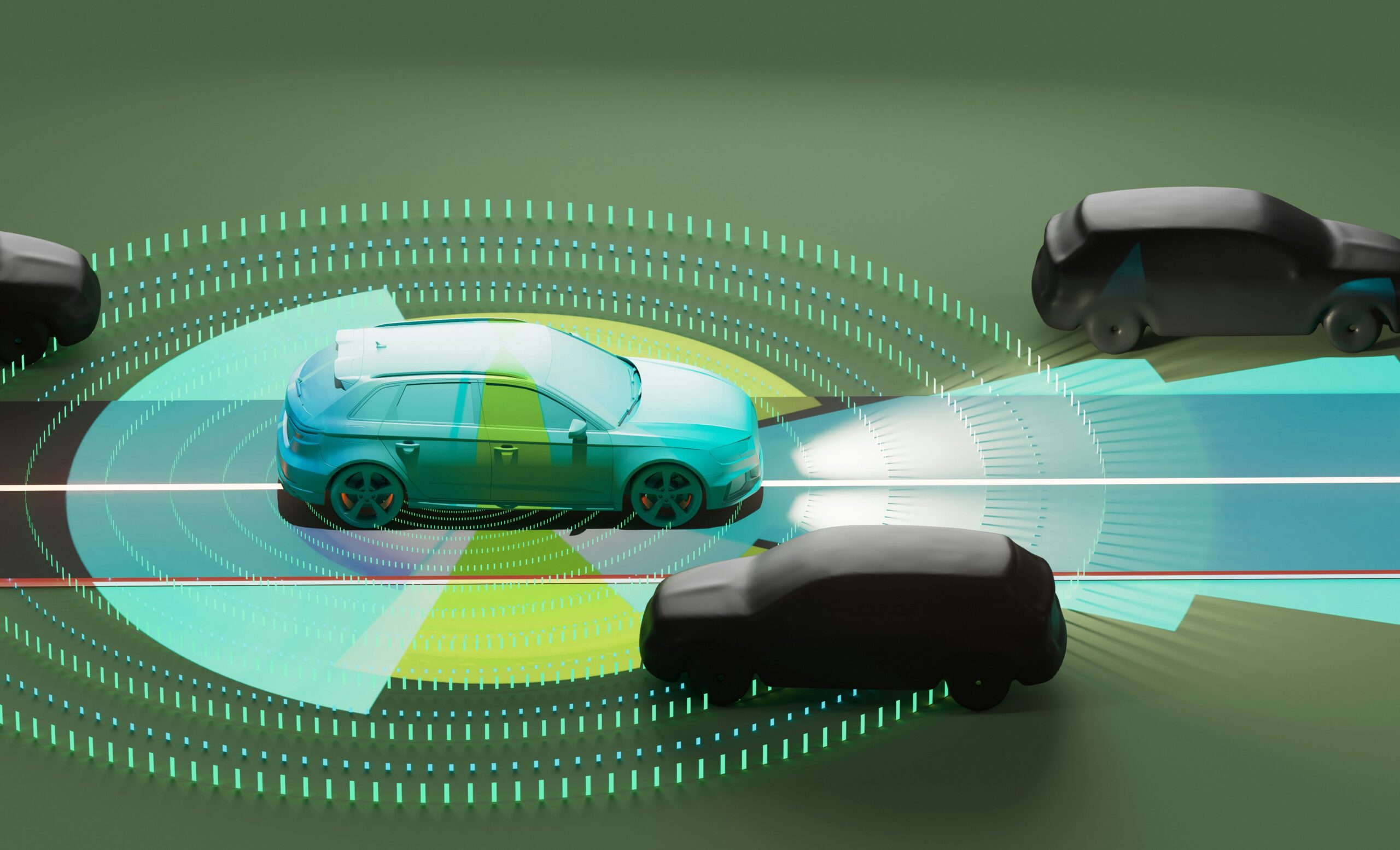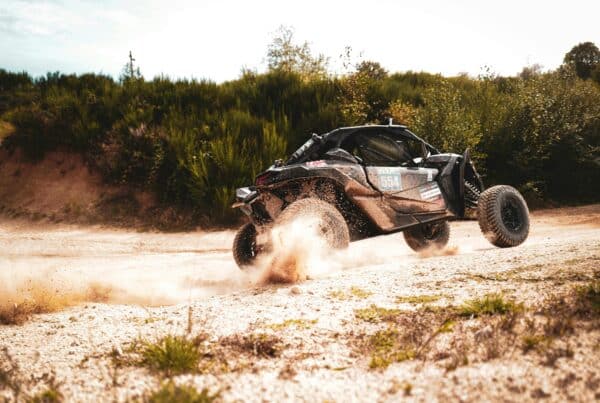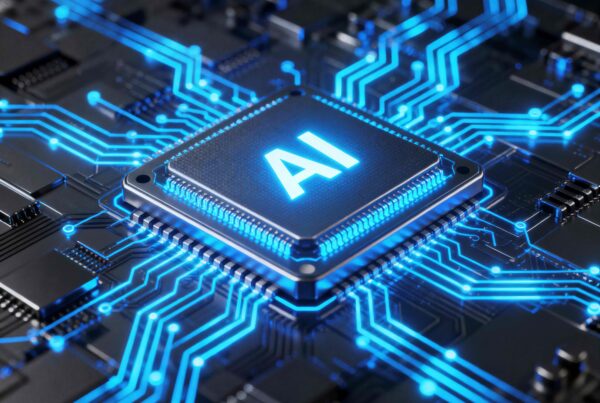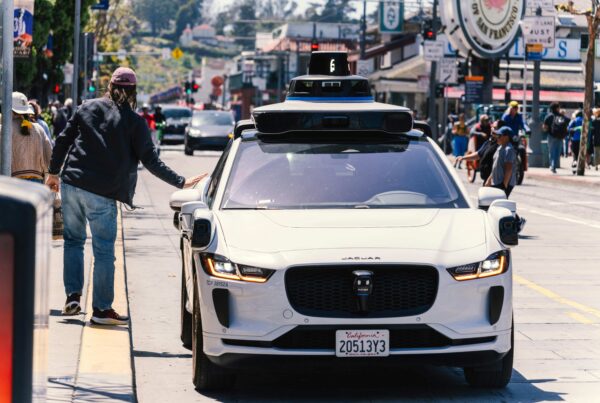Seeing the Future: How AI-powered Vision Systems are Transforming Autonomy
Imagine a world where machines don’t just do their jobs—they can “see” the world around them, process complex information, and make decisions faster and more accurately than humans. Thanks to AI-powered machine vision systems, this world is already here, and it’s changing the game in industries like automotive, robotics, and industrial manufacturing.
As an expert in this field, I’ve witnessed firsthand how these technologies are making work smarter, faster, and safer. In this blog post, let’s explore how AI-powered machine vision is shaping the future across three key sectors: automotive, robotics, and industrial environments.
-
Steering Toward Smarter, Safer Driving
When you think of AI-powered vision, one of the most exciting applications is in the automotive sector. Self-driving cars are no longer the stuff of science fiction—they’re on the road today, thanks to machine vision systems. These systems use a combination of cameras, LIDAR, and radar to “see” the car’s surroundings, detect objects, and make real-time decisions, all while navigating complex environments like city streets.
Machine vision is crucial to enabling autonomous vehicles to safely interpret their surroundings. Whether it’s recognizing pedestrians, avoiding obstacles, or understanding traffic signals, AI-powered vision allows cars to make informed decisions without human intervention. It’s not just about making driving easier—it’s about making it safer. AI systems learn from vast amounts of data, meaning the more they drive, the better they get, ultimately reducing human error and increasing road safety.
The future of driving is bright with AI-powered machine vision leading the way. Cars equipped with this technology will be able to predict traffic patterns, adjust to road conditions in real time, and avoid accidents before they happen.
-
Precision, Efficiency, and Autonomy
In the world of robotics, machine vision systems are unlocking a new level of precision and autonomy. Robots, once limited to simple tasks like assembly, are now able to perform complex operations thanks to AI-powered vision. For example, in warehouses or manufacturing plants, robots equipped with vision systems can identify and manipulate objects with incredible accuracy.
These systems use AI to not only see but to understand. They can detect small imperfections in products, sort parts based on size or colour, and even adapt to new tasks without needing to be reprogrammed. This makes them highly flexible, which is especially important in industries like e-commerce and manufacturing, where speed and adaptability are crucial.
Machine vision is also enhancing human-robot collaboration. Robots can “see” and respond to human actions, making it safer and more efficient for workers to interact with machines in real-time. For example, in the healthcare industry, surgical robots can use vision systems to assist doctors in delicate procedures, improving accuracy and minimizing risk.
-
Boosting Productivity and Safety
The industrial sector is another area where AI-powered machine vision is making waves. Traditionally, industrial tasks like quality control, inventory management, and maintenance have relied heavily on human oversight. But now, machine vision is stepping in to handle these tasks with precision and speed.
AI-powered systems can inspect products for defects, identify wear and tear in machinery, and even predict when a machine might fail. This predictive maintenance is a game-changer, as it reduces downtime and helps companies avoid costly repairs. Instead of waiting for a machine to break down, machine vision systems can spot early signs of trouble, allowing maintenance to happen before an issue escalates.
Beyond maintenance, machine vision systems are enhancing safety in industrial environments. These systems can monitor worker movements, ensuring that they stay within safe zones around heavy machinery. They can also detect hazards, such as spills or gas leaks, and alert workers in real-time, reducing the risk of accidents.
Moreover, AI vision systems can automate repetitive tasks that were once prone to human error, improving overall productivity. Whether it’s inspecting parts on a production line or managing inventory, AI-powered machine vision is making industrial operations faster, more accurate, and safer.
The Future is Bright: AI-Powered Vision is Just Getting Started
Looking ahead, the potential of AI-powered machine vision systems seems limitless. As AI technology continues to advance, these systems will become even more capable of handling complex tasks and adapting to new environments. For industries like automotive, robotics, and manufacturing, the integration of machine vision systems is no longer a futuristic concept—it’s a present-day reality that’s reshaping the way we work and live.
In the coming years, we can expect to see more autonomous vehicles, smart factories, and highly skilled robots, all powered by AI-driven vision systems. The beauty of this technology lies in its ability to learn and evolve. The more data it collects, the smarter and more efficient it becomes.
If you are looking for opportunities in the machine vision space, or you are looking for the right vision expert to join your team, feel free to reach out to Luca at luca@akkar.com!







